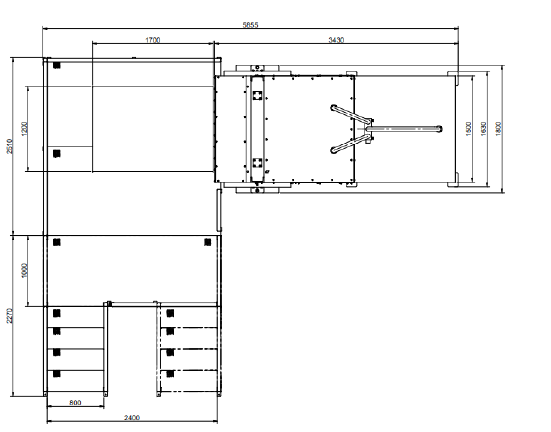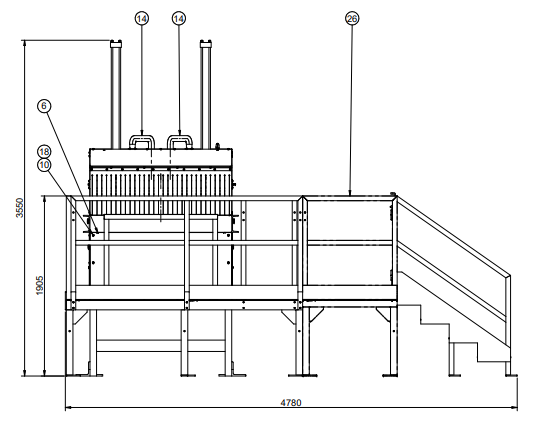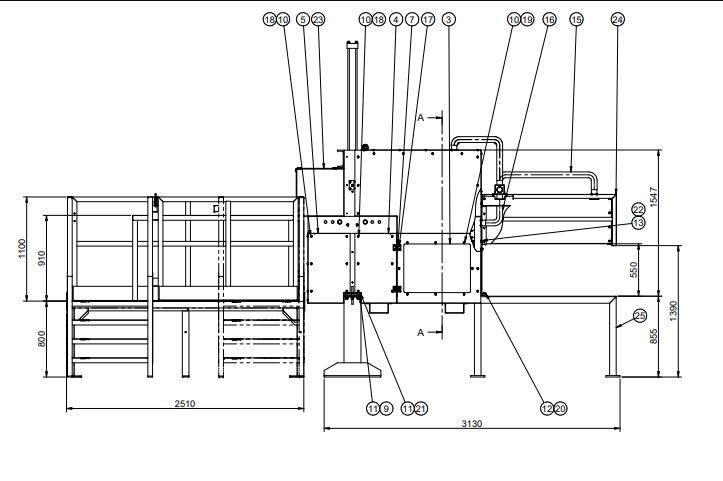Aluminium shredding plant is designed to refine the input material from inert fractions and ferrous metals. The recycling plants allow to obtain a high-quality aluminium proler allowing the delivery directly in the foundry avoiding further preparation activities. Aluminium scrap recycling plants improve economic performance. Aluminium scrap treatment plants are extremely flexible and versatile and allow to treat aluminium profiles, aluminium tins, and general aluminium scrap. Stokkermill can design and build turnkey plants according to the customer’s needs, carry out adjustments of existing plants or provide individual machinery for existing lines. Generally, the aluminium scrap refining lines consist of a primary shredder C or D series for the material reduction phases, a hammer mill to reach the desired size, from deferization systems and separation of inert fractions. For any information about aluminium recycling plants please contact us at our e-mail address info@stokkermill.com
More recycling plants designed and manufactured by Stokkermill Recycling Machinery:
- Electrical and electronic equipment and refining lines (WEEE)
- Aluminium processing / refining plants and lines
- End-of-life vehicle (ELV) treatment plants / lines
- Hard-drive treatment lines
- Toner recycling plants and lines
- Solar panels recycling plants and lines
- Fluff treatment lines and lines
- Cable recycling plants and lines
- PCB’s electronic card processing plants and lines
- Coffee capsules recycling plants and lines
- Crushing residues plants and treatment lines















